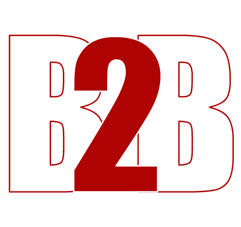Photo by Chokniti Khongchum:
If you’re familiar with the pharmaceutical industry, it typically ranks high among the top sectors in terms of revenue and growth. According to a recent report released by MarketResearch.com, the global pharmaceutical market is expected to grow by over 30 percent in the next five years, driven primarily by growth in emerging markets, increased focus on consumer trends, and advances in technology. Here are four ways the pharmaceutical industry continues to thrive:
Growth in emerging markets
The pharmaceutical industry is growing, not just in the United States. Emerging markets are expected to account for 40% of global pharmaceutical sales in the next few years. China, India, Brazil, and Mexico are the top emerging markets for pharmaceutical companies. These nations often have different regulations than developed ones. They have huge populations that need medications, telemedicine products, and healthcare products.
The pharmaceutical industry is also growing in developed countries such as Europe and Japan, where aging populations require more sophisticated medications than those available in their youth.
Focus on consumer trends
One of the most critical factors that can drive success in big pharma is consumer trends. There are several ways to identify these trends and use them to your advantage through social media, focus groups, and surveys.
They use consumer trends to help create new products and services to improve patient care. Finally, it's essential to understand how consumer preferences affect marketing strategies so it can attract new customers while also keeping existing ones happy with their experiences of using pharmaceuticals.
Adapting to new technology
The pharmaceutical industry is one of the most rapidly changing industries globally. This is because it's constantly adapting to new technology, and new technologies are changing how we think about healthcare.
As a pharmaceutical company, you want to be able to adapt to these changes as quickly as possible. The faster you can adapt, the better your chances of growing your business and keeping up with the competition.
Moving on from legacy technologies
As technology advances and people's expectations for the information they need to be able to access increases, companies are relying less on outdated methods like paper files and more on cloud-based systems. In addition to helping with efficiency, these platforms can offer a range of benefits, including improved collaboration, decreased downtime, and lower cost.
While electronic medical records (EMRs) have been around since the late 1980s, many providers still require patients to print out their prescriptions or bring in hard copy prescriptions before being seen by a physician or nurse practitioner. As these systems give way to electronic prescribing (e-prescribing), there will be a less administrative burden placed upon doctors' offices, allowing them to spend more time focusing on treating patients rather than dealing with paperwork issues.
Conclusion
It’s exciting to see how far the pharmaceutical industry has come over the decades. The development of new drugs, vaccines, and treatments for diseases once thought incurable had been nothing short of a miracle. With the continued growth of emerging markets and consumer trends, we can expect pharmaceutical companies to continue innovating even more new products in the future.
- 11 views





